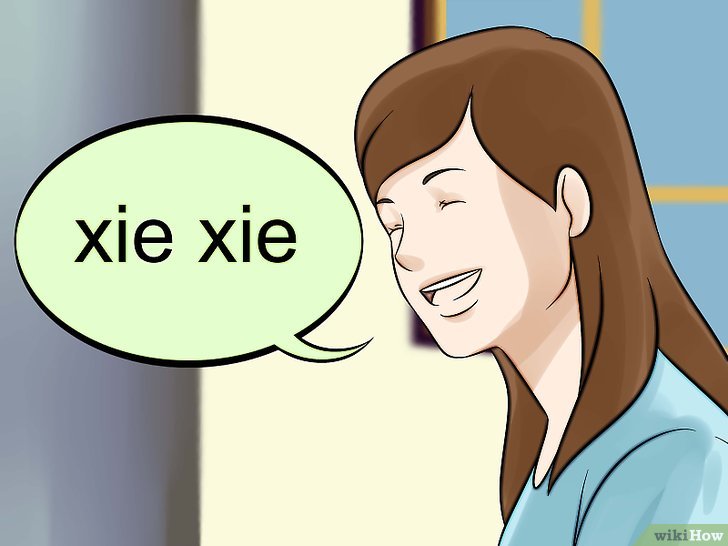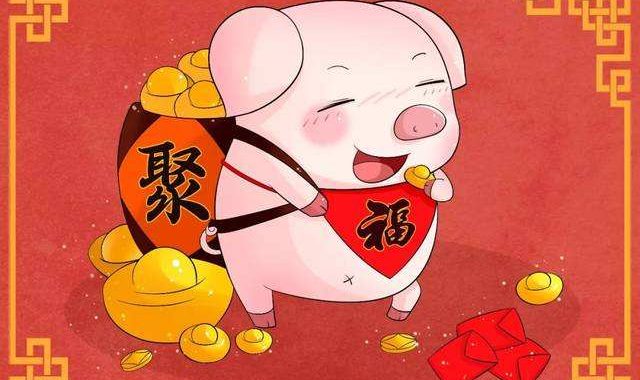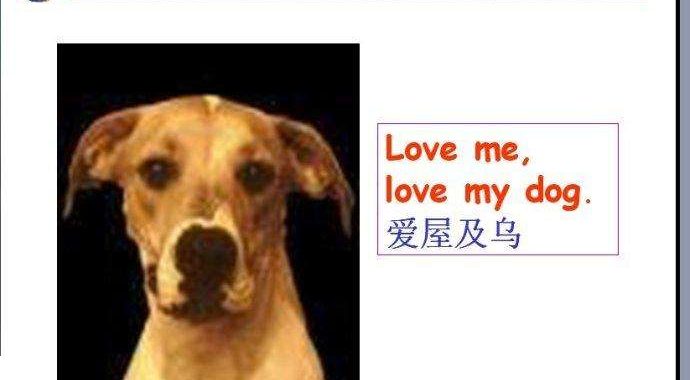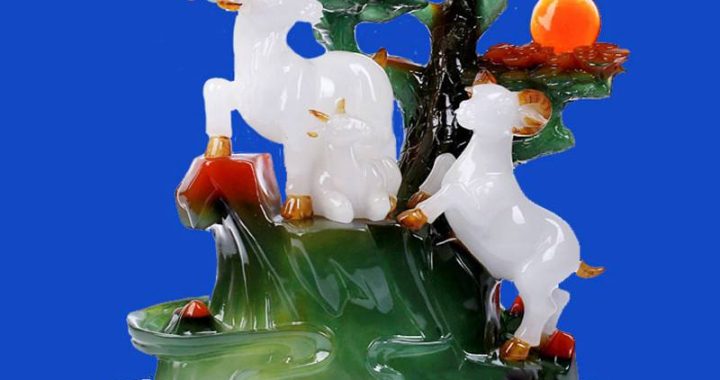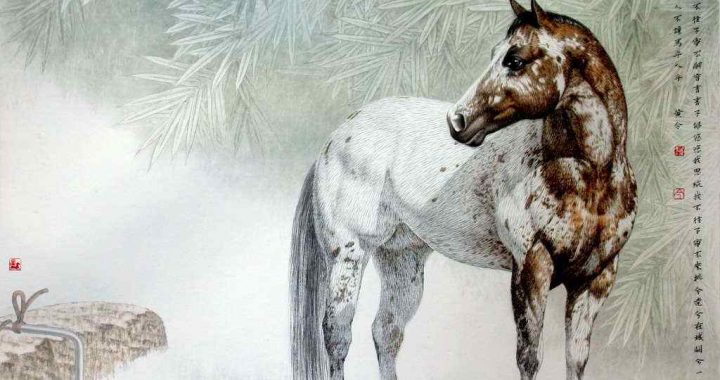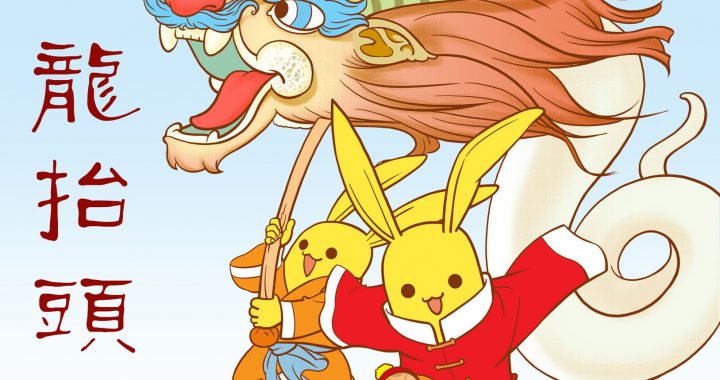What are typical Chinese greetings?
2 min readThe most common form of greeting is ni hao,usually translated as“Good day”but literally meaning”You are wel1.”The same greeting phrased as a question(“How are you?”)is“ni hao ma”. The response is usually nihao.You may use it on any occasion regardless of the time of day or the social status of the person you are greeting.
A most common greeting is“ni qu nar”(“Where are you going?”).
Although its typical use occurs when passing another person on the street or in a building,it is not really a question because exact information is not being requested.It is similar to the greeting”How are you?”used in English speaking countries.You need give no precise information about your destination.You may say vaguely,“I’m going there,”or gesture slightly with the head or hand in the direction in which you are moving.
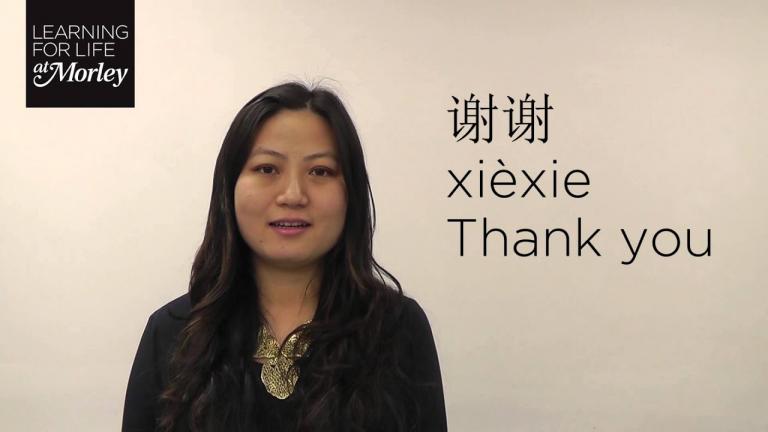
Another common form of greeting is”chi le ma”(“Have you eaten?”).
This greeting normally occurs around mealtimes,but it,too,is not a question as for information.It sounds like an invitation to join the other person for the coming meal.The way to response is to say either“wo chi le”(“I have eaten.”)or“wo kuai chi 1e”(“I am going to eat soon.”)depending on one’s situation.
What gesture is used as a traditional Chinese greeting?
The handshake is now a common form of greeting among Chinese,but young Chinese tend simply to nod as a greeting.To some extent,this reflects the ever-increasing paces of modern life.
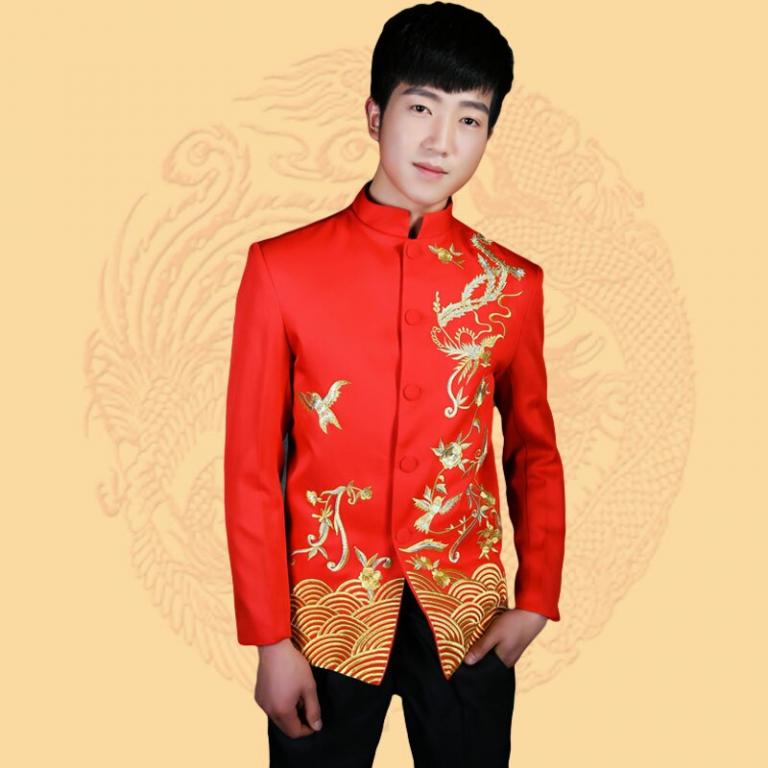
The traditional greeting is to cup one’s own hands(left over right),chest high,and raise them slightly as a salute.In earlier times when greeting a person of superior social standing,it was customary to raise the hands as high as the forehead and to execute a low bow.This tradition has a history of more than 2,000 years,but nowadays it is seldom used except in the Spring Festival or on other special occasions.
